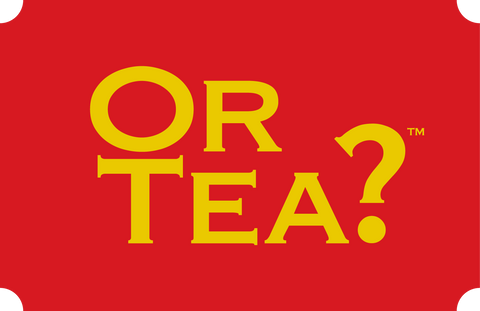When it comes to tea, many wonder if one form is inherently superior to the other. The answer? It's a bit like comparing champagne to prosecco or cava — it really hinges on the occasion and personal preference.
Diving into the Distinct Characteristics:
Dust Tea (or Tea Fannings)


-
Nature: These are tiny tea particles resulting from the crushing of broken leaves.
-
Grade: Often considered a lower-grade tea, it's primarily used in traditional tea bags for widespread commercial consumption.
-
Flavor Profile: Offers a robust, pungent flavor upon the initial brew but tends to lose its potency with successive steepings.
Whole Leaf Tea


-
Nature: Made from whole, undamaged leaves, ensuring authenticity in every brew.
-
Flavor Profile: With a larger surface area for infusion, whole leaf tea typically boasts a more flavorful and richer brew.
Consider the case of English Breakfast Tea: Often packed using dust tea to cater to market demands, it's a classic example of how economics drives product composition. To hit specific price points for mainstream consumers, producers minimize costs by funneling dust tea into economical tea bags. These often find their way to supermarket shelves. However, affordability doesn't equate to poor quality. For instance, my mother masterfully crafts a delectable cup of milk tea using three of these very tea bags, melded perfectly with milk and sugar.

The Emergence of Whole Leaf Tea:
It wasn't until the introduction of the pyramid tea bag in the '90s that the masses could easily enjoy the refined flavors of whole leaf tea without the need for a teapot. This pivotal moment marked the inception of specialty teas in commercial channels. With evolving consumer demands, specialty teas began making waves in the market. And it's clear why — research indicates that whole leaf tea not only offers a superior flavor profile but also possesses enhanced nutritional benefits. By blending these teas with complementary ingredients, it's transformed from a traditional drink to a trendy, modern beverage.
In Conclusion:
Whether you opt for dust tea or whole leaf, both have their unique charms. It's all about savoring the experience and finding what resonates with your palate. Enjoy the journey, one sip at a time!




